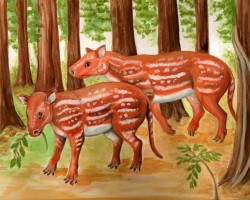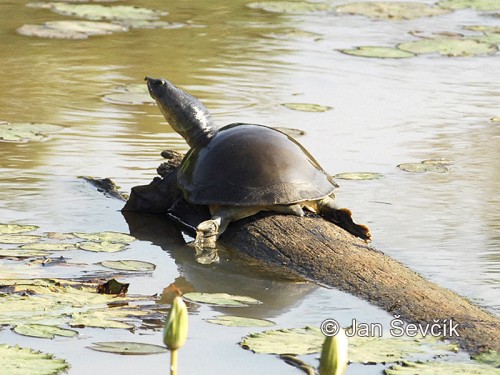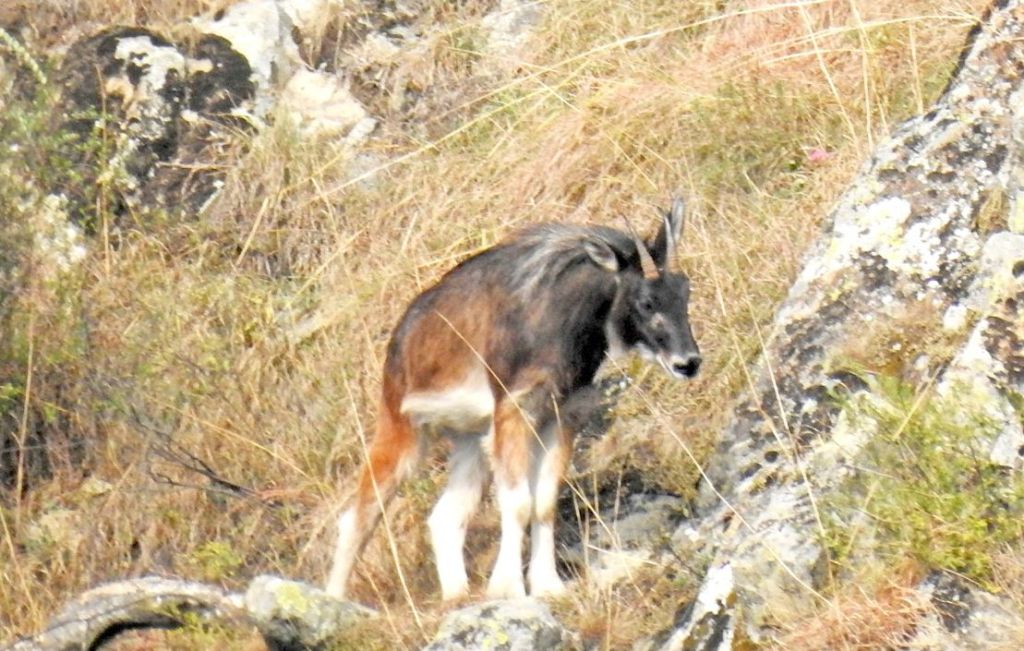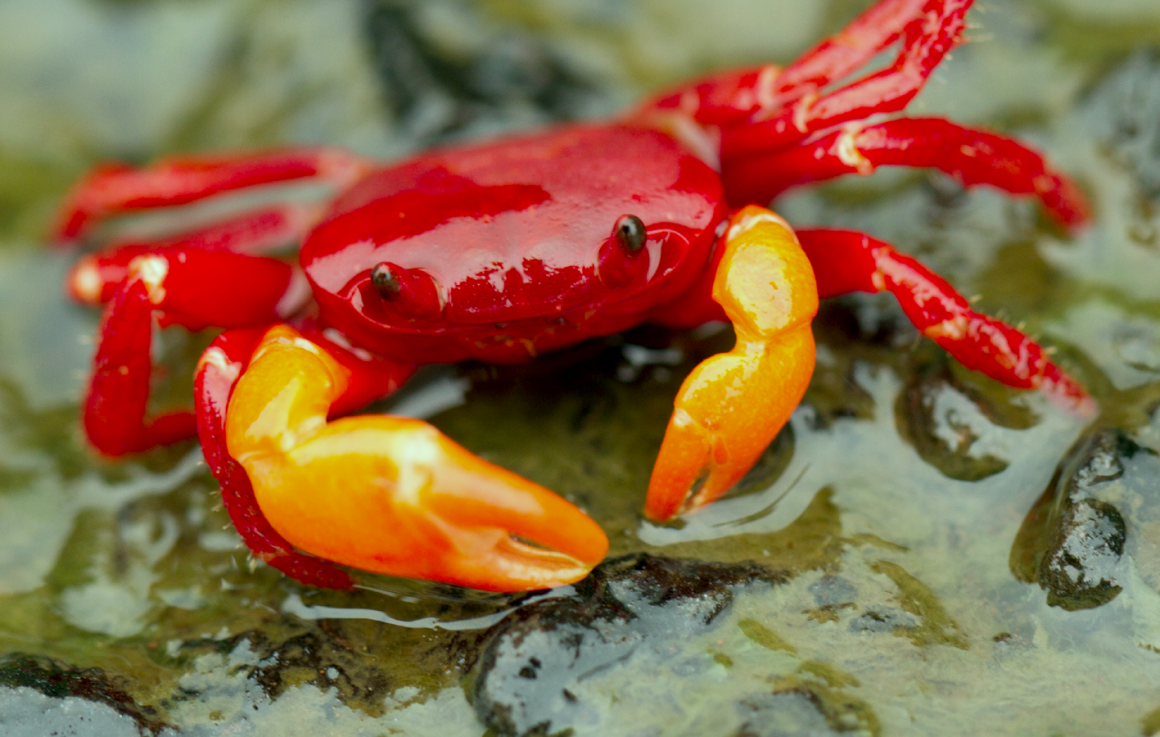A horse-like animal that lived in India during Eocene epoch, about 55 million years ago, has been discovered by an international group of paleontologists, making it the common ancestor of modern day horses, tapirs and rhinos.
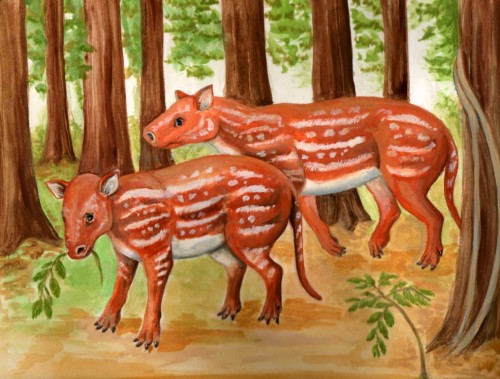 Common Ancestor of Horses, Rhinos and Tapir
Common Ancestor of Horses, Rhinos and Tapir
Perissodactyla (perissodactyls) is a small order of hoofed mammals, containing three families: Equidae (horses), Tapiridae (tapirs), and Rhinocerotidae (rhinoceroses). These animals are also known as odd toed ungulates because they have an uneven number of toes on their hind feet.
Prof Kenneth Rose of the Johns Hopkins University School of Medicine, the author of the present research, found the fossilized remains of an early perissodactyl animal uncovered from the Cambay Shale Formation in Gujarat, India. The research team believes this animal to be the ancestor of the horses and rhinos.
Filling the evolution gap
In 1990, Dr David Krause and Dr Mary Maas of Stony Brook University suggested that several groups of mammals that appear at the beginning of the Eocene, including perissodactyls, even-toed ungulates and primates, might have evolved in India while it was isolated. The new findings help prove this theory.
The animal, named Cambaytherium thewissi, was the size of a pig and likely weighed 25-30 kg.
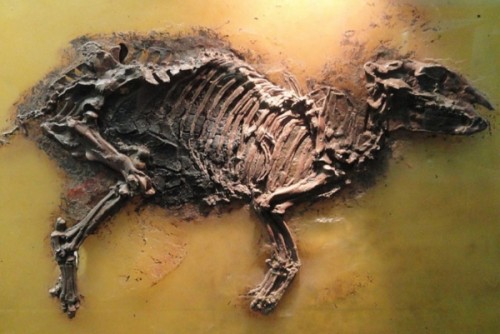 Fossilized Remains found in Gujarat, India
Fossilized Remains found in Gujarat, India
It has been dated to be 54.5 million years old, being slightly younger than the last fossilized remains found of the family and filling the evolutionary gap.
“It provides a window into what a common ancestor of all Perissodactyla would have looked like,” Prof Rose said.
“Many of Cambaytherium thewissi‘s features, like the teeth, the number of sacral vertebrae, and the bones of the hands and feet, are intermediate between Perissodactyla and more primitive animals. This is the closest thing we’ve found to a common ancestor of the Perissodactyla order.”
India’s migration history
Notably, the remains found in the same site in Gujarat also helped the research team analyse the journey of India over millions of years. The theory that India separated from Madagascar and joined the larger Asian continent as the Earth’s plates shifted finds evidence in the remains found here.
“Around Cambaytherium‘s time, we think India was an island, but it also had primates and a rodent similar to those living in Europe at the time,” Prof Rose said.
“One possible explanation is that India passed close by the Arabian Peninsula or the Horn of Africa, and there was a land bridge that allowed the animals to migrate.”
“But Cambaytherium thewissi is unique and suggests that India was indeed isolated for a while.”
More Related Stories,
The Story of Annual Kaziranga Flood in Pictures

